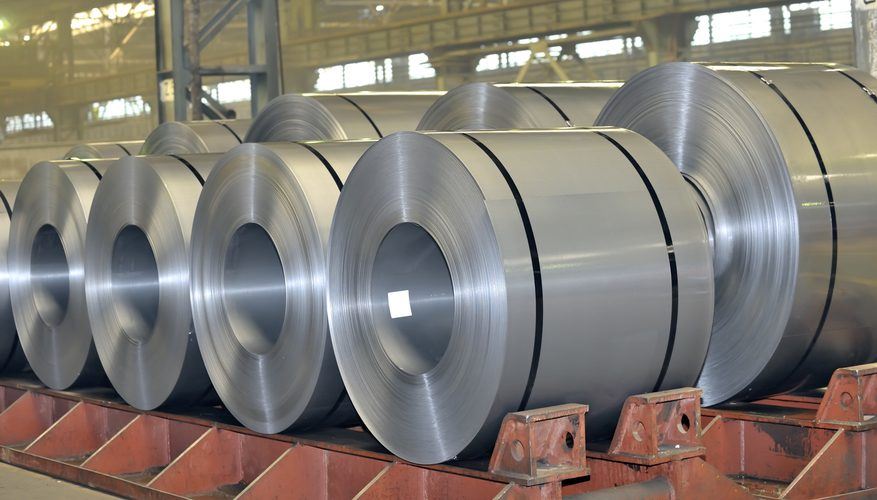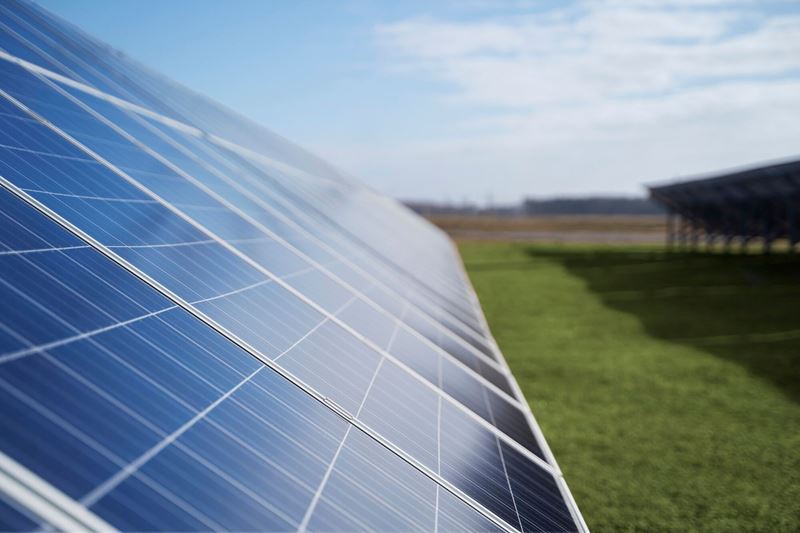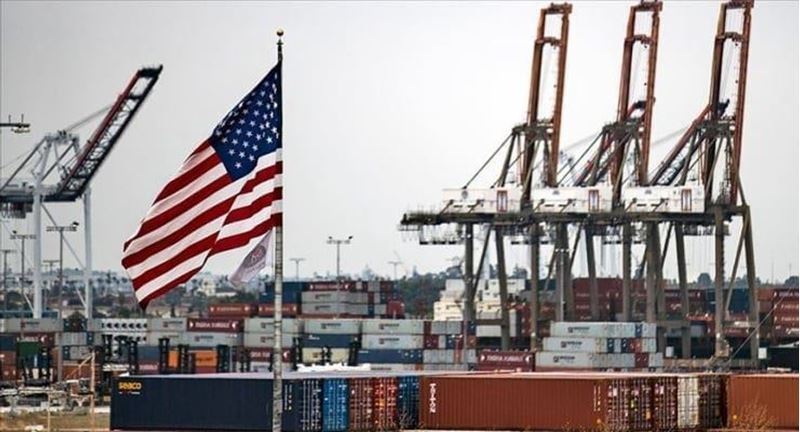China’s steel exports are expected to reach an eight-year peak in 2024, exceeding 100 million tons for the first time since 2016. The recent increase in exports comes as domestic demand in China, which produces more than half of the world’s steel, has significantly slowed. This decline in domestic consumption is leading to Chinese producers opening up more to the global market, especially in Southeast Asia and Europe.
China’s steel export surge is leading to a decline in global prices and raising concerns that other countries could retaliate with protective measures. Market experts predict more trade disputes with China, which could result in higher tariffs on Chinese steel.
The China Iron and Steel Association criticizes local steelmakers for engaging in unfair competition and resorting to price cuts to gain market share. China’s economic slowdown and falling construction activity are making the supply problem worse. In response, the Ministry of Industry and Information Technology is suspending approvals for new steel plants. China’s steel exports to Europe are expected to increase further in the future, making it increasingly competitive in European markets despite existing tariffs.
Despite Europe imposing tariffs of at least 18.1% on Chinese steel, China’s falling domestic prices are making Chinese steel cost-competitive abroad. Industry players say Chinese mills are benefiting from strong demand in Europe and Asia, but there are signs that global demand is softening.
The world’s largest steelmaker, Baowu Steel Group, warns that the steel industry is facing tough times that could be even tougher than the declines experienced in 2008 and 2015. Chinese steelmakers are struggling financially, with only 1% of their mills currently profitable and a total loss of 2.8 billion RMB ($390 million) in the first seven months of the year.











Comments
No comment yet.